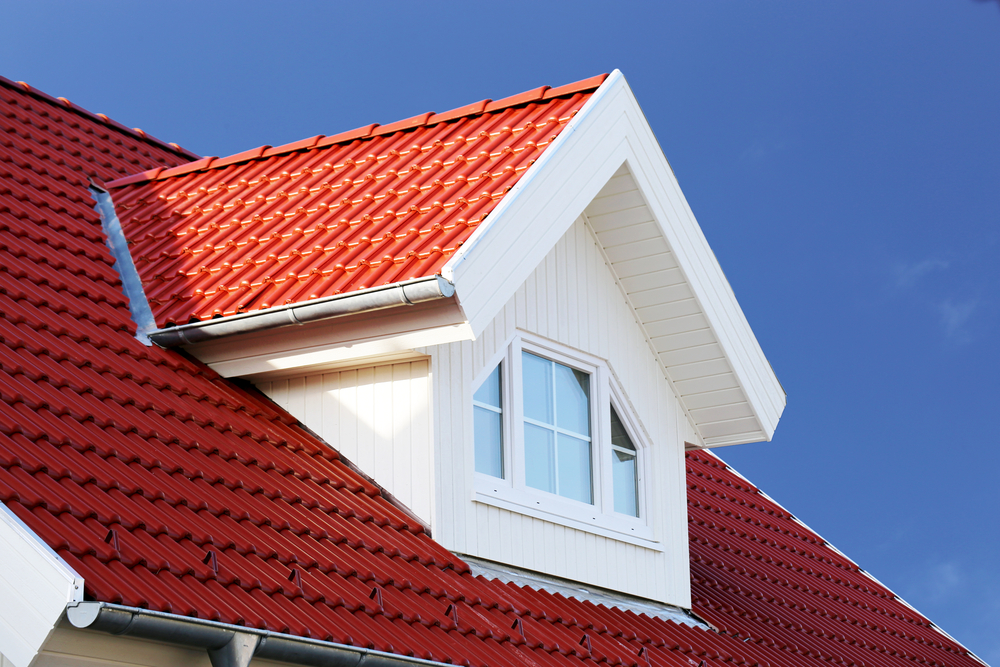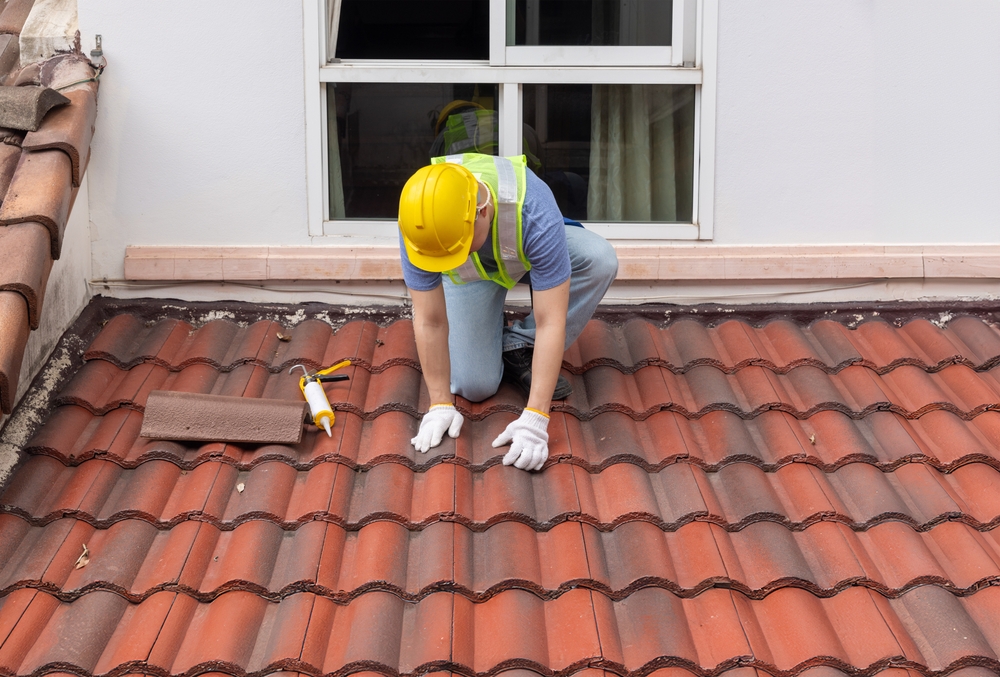While most homeowners focus on spring cleaning, winter is actually the ideal season to give your roof the attention it needs. Addressing issues now prevents leaks, structural damage, and costly emergency callouts come spring. Experts at Town and Country Roof Restoration in Newcastle know firsthand how unpredictable weather can take a toll on your roof.
In this guide, we’ll explore why winter is a smart time for roof restoration, highlight common problems that often worsen as seasons change, and explain how early action safeguards your property and finances. Let's get started!

When it comes to roof restoration, timing can impact the efficiency, cost, and quality of the work performed. While many homeowners might initially consider spring or summer for such projects, winter offers surprising advantages for roof work. Let's explore why winter is the ideal time for roof restoration.
One of the most significant benefits of scheduling roof restoration during winter is the availability of contractors. Since winter tends to be a slower season for roofers, you’ll benefit from more flexible scheduling and focused service.
Winter provides optimal conditions for the application of coatings and adhesives, which are crucial components of roof restoration. Unlike summer, winter’s milder conditions prevent rapid drying and material breakdown. The cooler temperatures reduce the risk of blistering and peeling, allowing coatings and adhesives to cure at an ideal rate. This ensures a more durable and long-lasting finish, ensuring long-term durability. Additionally, the absence of extreme heat helps preserve the integrity of the materials used, which enhances the overall quality of the restoration.
Despite common perceptions of winter as a season of constant rain, coastal and northern regions often experience enough dry spells to carry out safe and effective roof work. These dry spells create ideal conditions for materials to cure and restoration work to proceed. Moreover, winter rain is typically less intense than summer storms, reducing the risk of weather-related disruptions. Careful planning and monitoring of weather forecasts allow for strategic scheduling, ensuring that restoration work is carried out efficiently and effectively without compromising safety or quality.

It’s easy to overlook small roof problems during winter, but those minor issues can turn into major headaches by the time spring rolls around. Taking action early helps prevent these common problems from getting worse when you least expect it.
During the winter months, the combination of cold temperatures and moisture exacerbates existing cracks or creates new ones in your roof tiles. These cracks allow water to seep into the roof cavity, leading to water damage, compromised structural integrity, and potential leaks into the home. Spring rain can turn minor issues into serious leaks, damaging both the roof and interior.
Flashing and metal sheets are crucial components of your roof's weatherproofing system. Over time, exposure to the elements may cause these metals to rust. Rusted flashing leads to slow, hidden leaks that may go unnoticed until they cause considerable damage. By spring, the accumulated moisture seeps into the roof structure, leading to timber rot and further weakening the building's framework.
Gutters and valleys serve as the drainage system for your roof, directing water away from the structure. However, during winter, leaves, debris, and ice can cause blockages. Spring storms turn clogged gutters into overflows, pushing water beneath the roofline. This overflow damages the fascia boards, leads to internal water damage, and even compromises the foundation of your home. Regularly clearing your gutters and valleys prevents these issues from escalating and ensures efficient water drainage.
Damp conditions during winter are a silent but destructive force. Persistent dampness in the roof cavity creates a breeding ground for mould and mildew. Left untreated, this may lead to health hazards for your family and degrade the air quality in your home. Here are other consequences you need to know:

Waiting until spring to deal with roof issues might seem harmless, but it can actually make things much worse. In many cases, the longer you wait, the more damage occurs, leading to higher expenses, longer repair times, and added stress. Acting early helps you avoid emergency callouts, water damage, and unexpected disruptions to your home.
Delaying minor roof repairs often leads to bigger structural complications. As you navigate through the winter months, your roof endures heavy rain, strong winds, and fluctuating temperatures. Small defects quickly snowball into major damage. By addressing these issues in winter, you prevent minor defects from becoming major headaches.
Spring is traditionally a busier season for roof repairs and restorations. As the weather improves, many begin to address the damage incurred during winter. High spring demand often means longer wait times and busier contractors. By opting to restore your roof in winter, you avoid the spring rush, ensuring that your repairs are completed promptly and potentially at a lower cost.
Delaying repairs until spring risks preventable emergencies. Leaks that develop over winter may cause damage to your home’s structure, leading to unsightly ceiling stains and even compromising the integrity of your ceilings and walls. Water infiltration also promotes mould growth, posing health risks to you and your family.
Don’t wait for spring showers to reveal winter’s hidden roof damage. Take advantage of the off-season for roof maintenance; you stay ahead of costly repairs, avoid emergency callouts, and prevent damage before it starts. At Town and Country Roof Restoration, we’re here to help homeowners make smart, timely decisions that extend the life of their roof. Book your winter roof inspection today and enjoy peace of mind before the spring storms roll in.